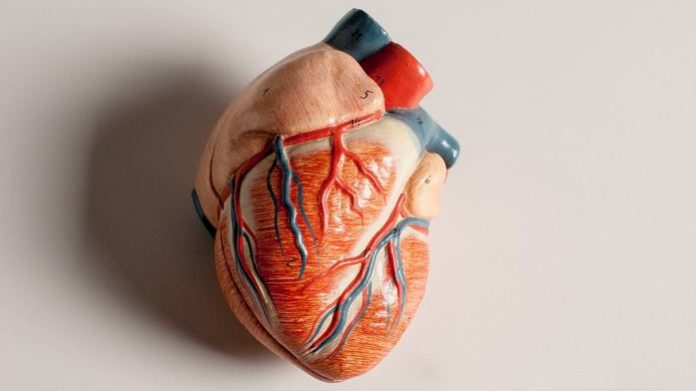Heart surgery has come a long way since sawing open people’s chests while they lie in an ice bath, but that doesn’t mean it’s done advancing. Just this year, Queen’s University researchers performed the first Canadian hybrid heart surgery combining minimally-invasive imaging and correction of an irregular heart rhythm.
Afib is a bad fib
Atrial fibrillation, or Afib, is the most common type of irregular heartbeat, affecting about 350,000 Canadians. In this condition, the chambers in your heart, called atria, experience an irregular rhythm. Normally, patients with Afib lead relatively normal lives by taking medications like blood thinners to restore regular cardiac rhythm, but sometimes, patients don’t respond to the usual treatments and require surgical intervention.
This type of surgery is called ablation and involves thin wires being threaded through to the heart where radiofrequency pulses burn away the offending heart tissue. In order to pinpoint which part to burn away, surgeons will normally run a CT or MRI scan before the surgery and overlay this onto an electroanatomical map that shows the aberrant electrical signals.
In this hybrid procedure performed at the Kingston Health Science Centre, Gianluigi Bisleri, Professor of Surgery, and Benedict Glover, Professor of Medicine, performed the imaging and the surgery at the same time.
A road map of the heart
The Ensite Precision Cardiac Mapping System creates a 3D electroanatomical visualization of the heart using minimally invasive catheters. Using this system, Bisleri and Glover were able to visualize the heart in real time while performing the ablation. This not only cuts down on the time the patient needs to be in hospital but will hopefully also reduce wait times patients experience before being booked for surgery.
Bisleri and Glover have performed the surgery on two patients so far with excellent outcomes up to two months post-surgery, but they hope to expand the program as soon as possible.








































